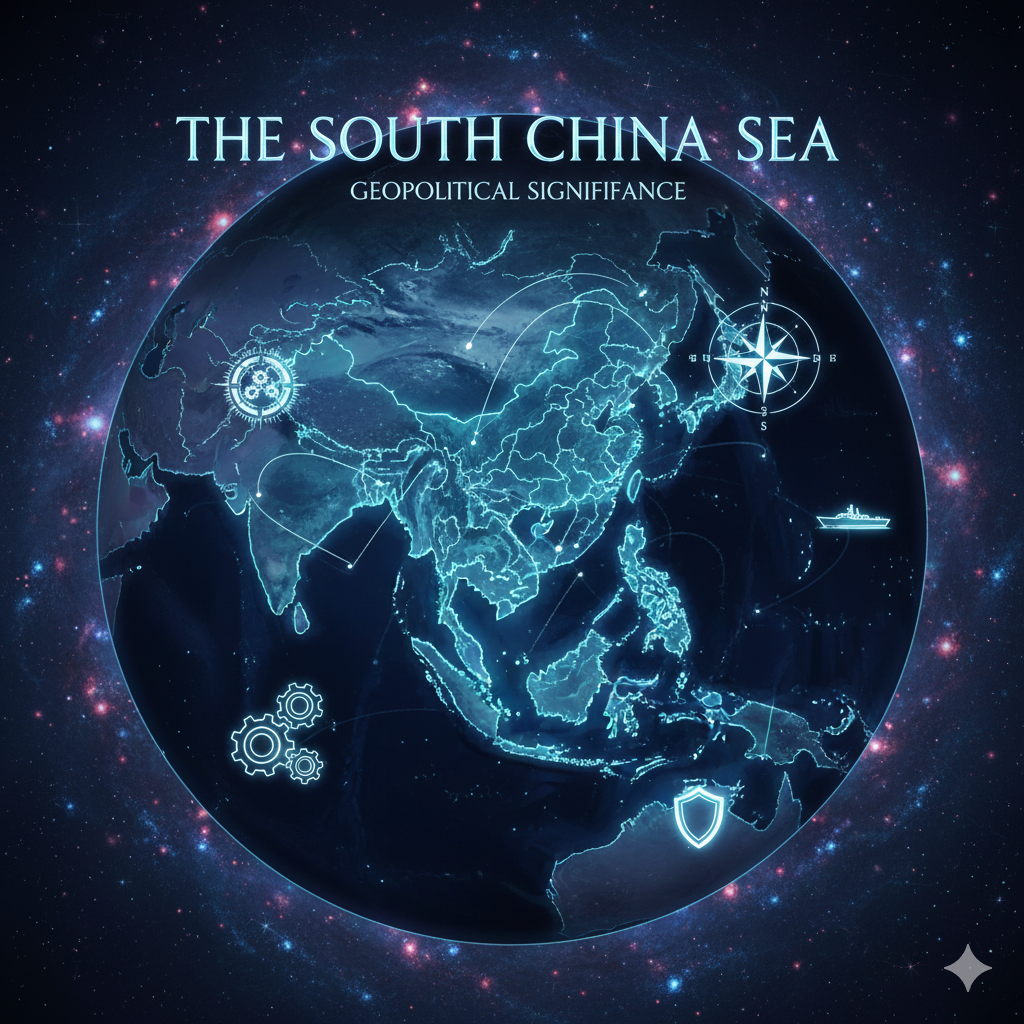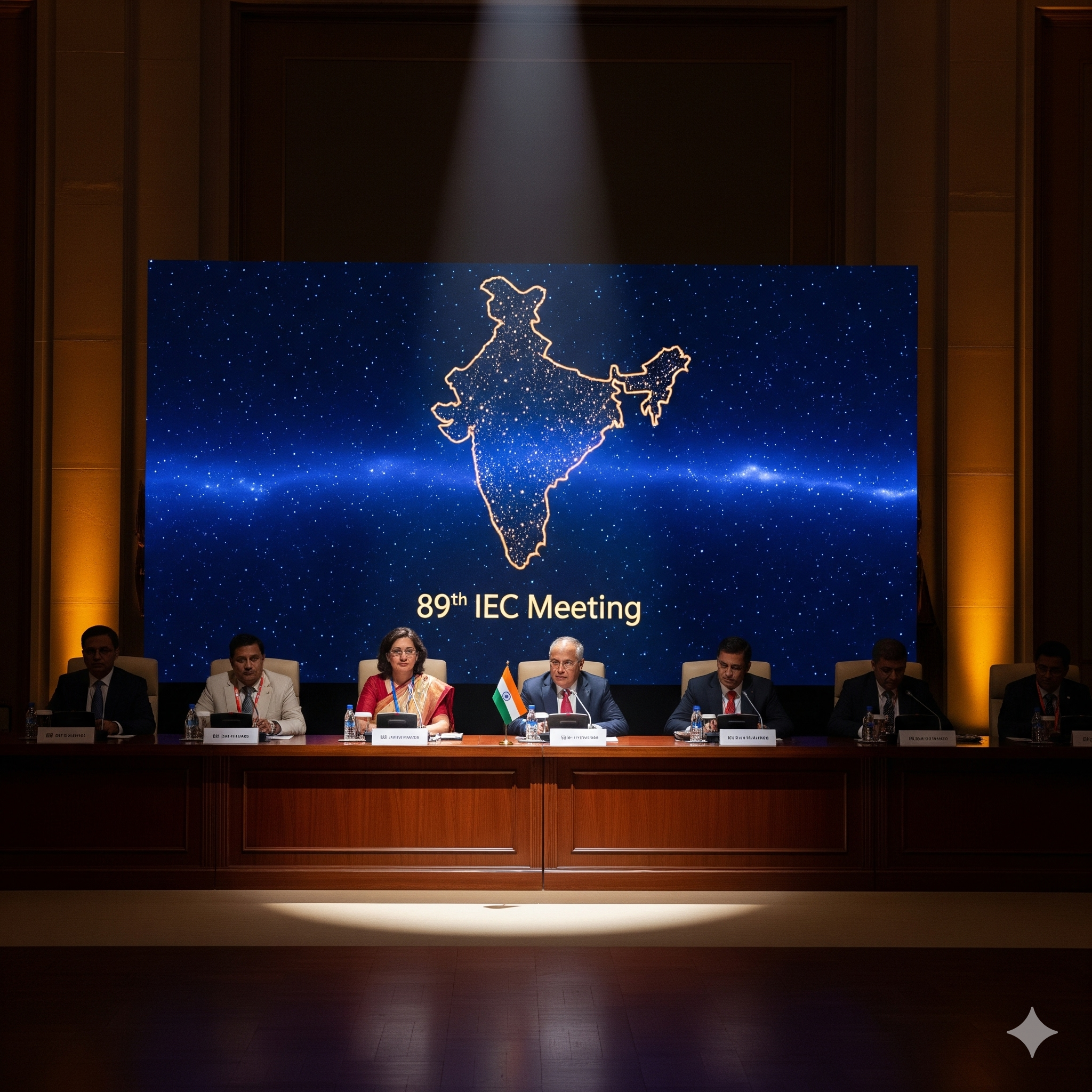In recent years, the bilateral relationship between India and China has seen a significant amount of cooperation, particularly in terms of economic engagement and trade. However, despite efforts at diplomacy, the dispute over the Line of Actual Control (LAC) between the two countries has grown deeper, especially following the Mamallapuram Summit in October 2019 between Prime Minister Narendra Modi and President Xi Jinping. The summit, which was aimed at enhancing ties and reducing tensions, was seen as a cordial meeting with the potential to pave the way for stronger relations. Nevertheless, the boundary issue remained unresolved, and the situation on the ground escalated in the years that followed, including the Galwan Valley clash in June 2020.
This article aims to critically examine the reasons behind the deepening dispute over the LAC between India and China, despite the apparent warmth at the Mamallapuram summit, and offer a detailed analysis of the geopolitical, strategic, and historical factors that continue to shape this sensitive issue.
1. Background of the Line of Actual Control Dispute
The Line of Actual Control (LAC) is the de facto border that separates Indian-controlled territory in Ladakh and Arunachal Pradesh from Chinese-controlled regions in Tibet and Aksai Chin. Unlike the International Border (IB) or the McMahon Line, the LAC is not clearly demarcated, and its exact location remains disputed, with both countries holding conflicting perceptions.
The dispute traces its roots back to the Sino-Indian War of 1962, during which China gained control over Aksai Chin, a strategically vital region. Following the war, both countries have engaged in numerous rounds of talks, including the Border Peace and Tranquility Agreement (1993) and the Protocol on Modalities for the Implementation of Confidence-Building Measures (CBMs) (1996), to manage border tensions and prevent military clashes. However, despite these agreements, skirmishes and standoffs have continued to erupt periodically due to the lack of a clear demarcation of the LAC.
2. The Mamallapuram Summit: A Brief Overview
In October 2019, Prime Minister Modi and President Xi Jinping held a summit in Mamallapuram, Tamil Nadu, which was seen as a major diplomatic engagement. The summit aimed to build mutual trust, deepen economic cooperation, and address the longstanding issues between the two nations, including the border dispute. Both leaders seemed to focus on fostering a “non-confrontational” approach to bilateral relations and agreed to improve people-to-people ties, trade, and security cooperation.
While the summit yielded positive outcomes in terms of economic cooperation and cultural exchange, the issue of the LAC remained on the sidelines. The absence of concrete agreements on border issues during the summit indicated that both leaders preferred to avoid the sensitive issue in public discussions.
However, the peace established during the summit was short-lived. Just months after the summit, tensions along the LAC started to flare up again, culminating in the Galwan Valley clashes in June 2020. This clash resulted in casualties on both sides, marking the most significant escalation in decades and underscoring the ongoing volatility in Sino-Indian relations.
3. Reasons Behind the Deepening Dispute
3.1 Geopolitical Rivalry and Strategic Interests
India and China have competing geopolitical interests, both regionally and globally. China, as a rising global power, seeks to maintain dominance in the Asia-Pacific region, while India, as a growing power in South Asia, has strategic aspirations to assert its influence and strengthen its role in regional security and economic affairs. The Belt and Road Initiative (BRI), which is China’s ambitious infrastructure project connecting Asia, Africa, and Europe, has faced resistance from India, primarily because the project passes through Pakistan-occupied Kashmir (PoK), an area claimed by India.
This geopolitical rivalry often plays out in the context of the LAC, with both nations seeking to safeguard their strategic interests. For China, control over the Aksai Chin region is vital due to its proximity to important infrastructure and trade routes, particularly the road connecting Tibet with Xinjiang. For India, the region is significant for both national security and the protection of its territorial integrity.
3.2 Economic and Military Imbalance
While India and China share strong economic ties, with China being one of India’s largest trading partners, the economic and military imbalance between the two countries remains stark. China’s rapid economic growth and military modernization have put India at a strategic disadvantage. The Chinese military’s People’s Liberation Army (PLA) has advanced weaponry, technology, and infrastructure along the border, particularly in the Tibet Autonomous Region (TAR), which significantly enhances its ability to project power in the region.
India, on the other hand, has made efforts to modernize its military but faces challenges due to budgetary constraints, lack of infrastructure in border areas, and a reliance on outdated equipment. As a result, despite its growing influence, India is often unable to match China’s military capabilities, which contributes to the vulnerability of its borders, including the LAC.
3.3 Inconsistent Diplomatic Engagement
While diplomatic efforts have been made to resolve the LAC dispute, India and China have not been able to sustain consistent dialogue on the issue. Even after the Mamallapuram Summit, which was intended to ease tensions, diplomatic engagement on the border dispute did not result in tangible outcomes. There have been various rounds of military and diplomatic talks, such as the corps commander-level talks in 2020, but these have not led to any concrete breakthrough.
Moreover, China’s aggressive posture in recent years, particularly its assertiveness in the South China Sea and its expansionist policies in the Indo-Pacific, has made India cautious about engaging too deeply with Beijing. As a result, the border issue remains a major sticking point in bilateral relations, with both nations reluctant to make concessions.
3.4 Territorial Ambiguity and Strategic Mistrust
The primary cause of the LAC dispute is the lack of clear territorial boundaries. China’s claim over Arunachal Pradesh and its control over Aksai Chin are at odds with India’s territorial assertions. China has also taken issue with India’s infrastructure development in Arunachal Pradesh, considering it to be part of South Tibet.
This ambiguity, coupled with historical mistrust, has prevented both sides from reaching a consensus on the border issue. India’s strategic moves, such as the construction of roads and infrastructure in border areas, are seen by China as provocative, while China’s expansion of military infrastructure in Tibet is viewed as a direct threat by India.
In addition, the strategic competition between the two countries, particularly regarding their influence in the Indo-Pacific region, complicates any attempts at diplomatic resolution. As both countries seek to increase their global influence, their territorial ambitions along the LAC have become intertwined with broader geopolitical and strategic considerations.
3.5 Internal Political Dynamics
Internal political dynamics also play a role in the deepening LAC dispute. For China, maintaining control over Aksai Chin is critical not only for strategic reasons but also due to domestic considerations. The region is important for securing China’s infrastructure and trade routes in the Tibet Autonomous Region and Xinjiang. Any concession in this area would be perceived as a loss of territorial integrity, which would undermine the Chinese government’s legitimacy.
For India, the nationalist sentiment surrounding the issue of territorial integrity has become a significant political issue. The ruling Bharatiya Janata Party (BJP) has consistently portrayed itself as the protector of India’s sovereignty and territorial claims, particularly on issues related to Pakistan and China. This approach has been particularly strong in the aftermath of the Galwan Valley clash, where the government took a hard stance against Chinese aggression. Politically, any concession to China on the border issue would be seen as a betrayal of national interests, leading to significant domestic backlash.
3.6 National Security and Border Infrastructure
The continued construction of military infrastructure by both countries along the LAC has exacerbated tensions. India has stepped up its infrastructure projects along the border, including new roads, bridges, and airbases in regions such as Ladakh and Arunachal Pradesh. Similarly, China has bolstered its military presence in Tibet and Aksai Chin, leading to increased troop mobilization and military standoffs.
The lack of trust and the build-up of military resources have created a volatile environment, with both sides often resorting to aggressive tactics. The Galwan Valley clash in 2020, where Chinese and Indian troops clashed, serves as a stark reminder of the potential consequences of the continued militarization of the LAC.
4. Conclusion
The deepening dispute over the Line of Actual Control (LAC) between India and China is rooted in a complex mix of historical, geopolitical, military, and domestic factors. Despite diplomatic efforts such as the Mamallapuram Summit, the lack of a clear demarcation of the LAC, coupled with strategic rivalries, economic imbalances, and internal political dynamics, continues to hinder any meaningful resolution to the border issue.
In the coming years, both countries will need to carefully manage their bilateral relations to prevent further escalation. Diplomatic dialogue, confidence-building measures, and a focus on regional stability will be essential for reducing tensions along the LAC. However, given the historical baggage, territorial claims, and broader geopolitical rivalries, the dispute is unlikely to be resolved in the short term, and it will require sustained efforts and flexibility from both India and China.




